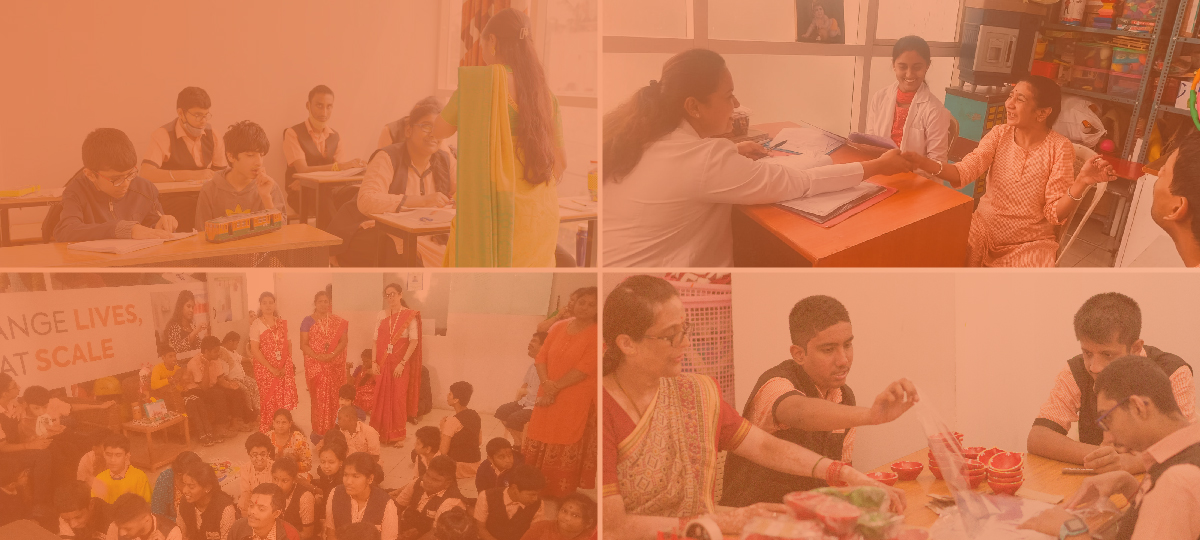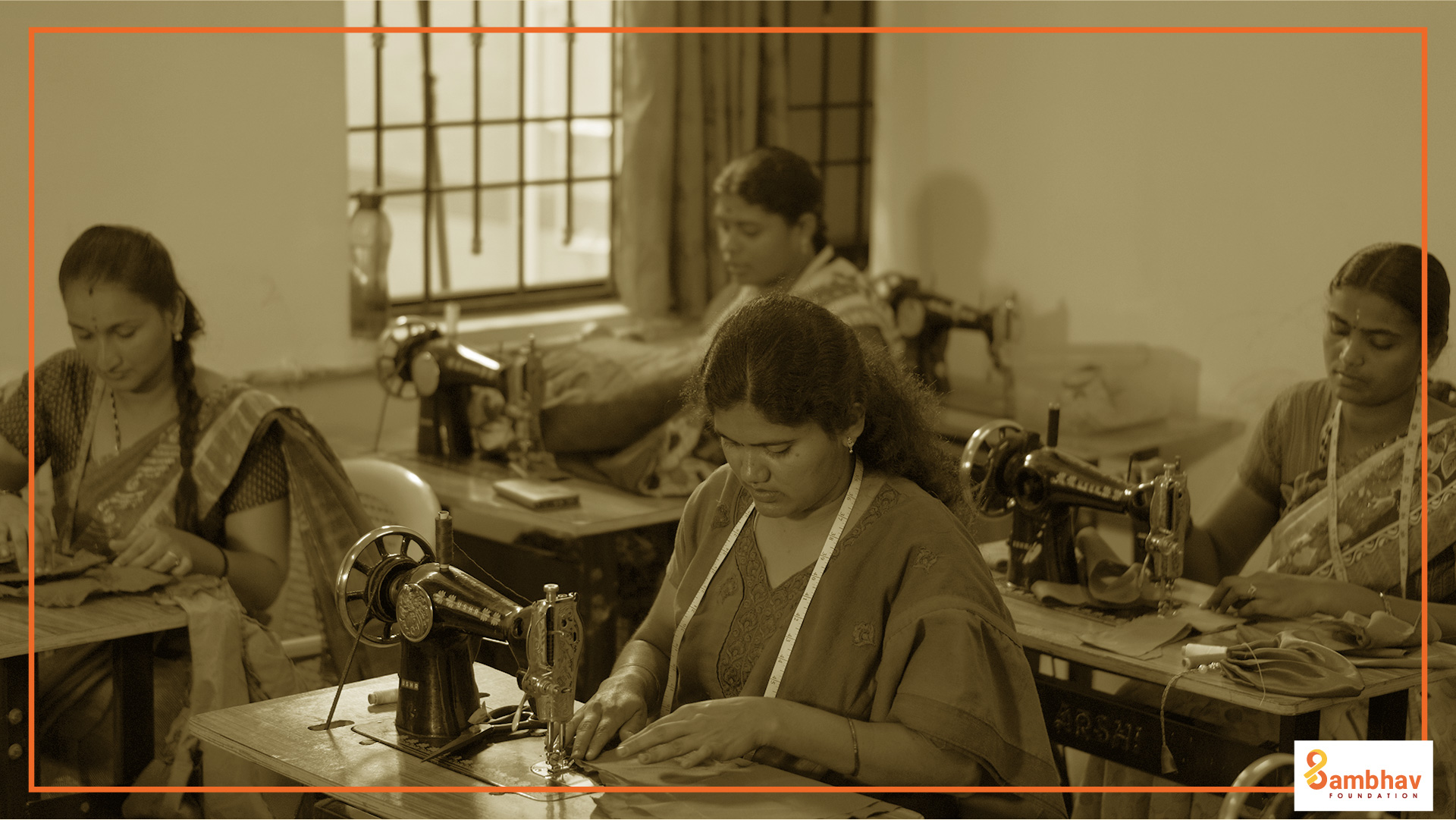The construction industry is one of India’s biggest employers and the third-largest contributor to the economy. This sector employs more than fifty-one million people. Low-cost workers—mainly migrant workers—make up a sizeable chunk of this number.
When COVID-19 first hit in February 2020, panicked migrant workers scrambled to find their way back to the safety of their homes. The construction industry was forced to operate at less than one-third of its capacity. Naturally, projects took a massive hit, and many got stalled till August 2020. Just a few months later, just as soon as construction work resumed and the sector saw some hope of revival, the second wave hit.
The resultant financial losses to India’s construction sector, and in turn to the economy, have been staggering.
- The livelihoods of 51 million construction workers were impacted
- 120,000 Class A government construction contractors were impacted
- 200 major construction firms took a hit
- Financial losses amounted to Rs. 30,000 crore a day
- The unemployment rate rose to 27.1% in the first week of May 2020
- As the construction sector accounts for 8% of India’s GDP, the country’s GDP shrank to 23.9% in the first quarter of the 2021 financial year
Working our way backwards, it’s easy to see what tipped over the first domino.
Cause and effect
Studies show that the average habitable area per person at a construction site ranges between 1.5 sq.m. to 3.5 sq.m. Acceptable physical distancing is impossible in such tight living conditions. Shared sanitation facilities should atleast meet a minimum ratio of 1:10 to prevent infection spread and cross-contamination. Without proper facilities, a COVID-19 outbreak at a construction site will be impossible to contain.
If construction workers had any way to remain safe when the pandemic hit, things might have turned out very differently for the construction sector.
Notwithstanding humanitarian motivations, even from a purely financial perspective, the construction sector cannot afford to ignore this call to action. The pandemic has shown us that failure to provide workers with safe and sanitary accommodation has disastrous repercussions.
An outbreak of COVID puts the construction site at risk and on the radar of statutory authorities. Aside from project delays, workers’ confidence is lost and the probability of panic rises. With an increase in the health risk, there surely comes a difficulty in finding and retaining good workers.
On the other hand, the temporary nature of construction projects makes permanent residential structures for workers neither desirable nor viable. How, then, do we provide safe, habitable, ventilated, spacious, and durable homes to construction workers?
Building homes for those who build homes
The answer may lie in energy-efficient modular homes with reusable components.
A modular form will make setting up and dismantling easy, with the possibility of reusing components. Such housing blocks can provide workers with a safe and sanitary environment. They will also make quarantining and recuperating in place a possibility. The availability of a safe housing situation will mitigate the workers’ instinct to rush home. Their continued, calm, and safe presence on site will naturally have a positive effect on productivity.
Where does the buck stop?
COVID-19 has made it amply clear that all the players in the construction sector— real-estate developers, construction companies, contractors and workers— stand to lose financially in the event of a pandemic. Creating an effective solution to safely house construction workers is, therefore, in everyone’s interest. One could argue, however, that real-estate developers take the greatest risk and wield the greatest power in the workings of a construction project.
Providing decent accommodation, sanitation facilities, and access to healthcare should be the responsibility of a real-estate developer. While many developers do take this responsibility seriously, too many still don’t. It is the duty of every industry to provide its workers with decent working conditions. One silver lining in the dark cloud that is the pandemic is that providing workers with the bare minimum is no longer an option for the construction industry.
Sambhav teamed up with Ikea to provide modular homes to construction workers in partnership with real-estate developers. If you are a real-estate developer, contact Sambhav’s team to understand better how you can help those who build our homes find a home away from home.




